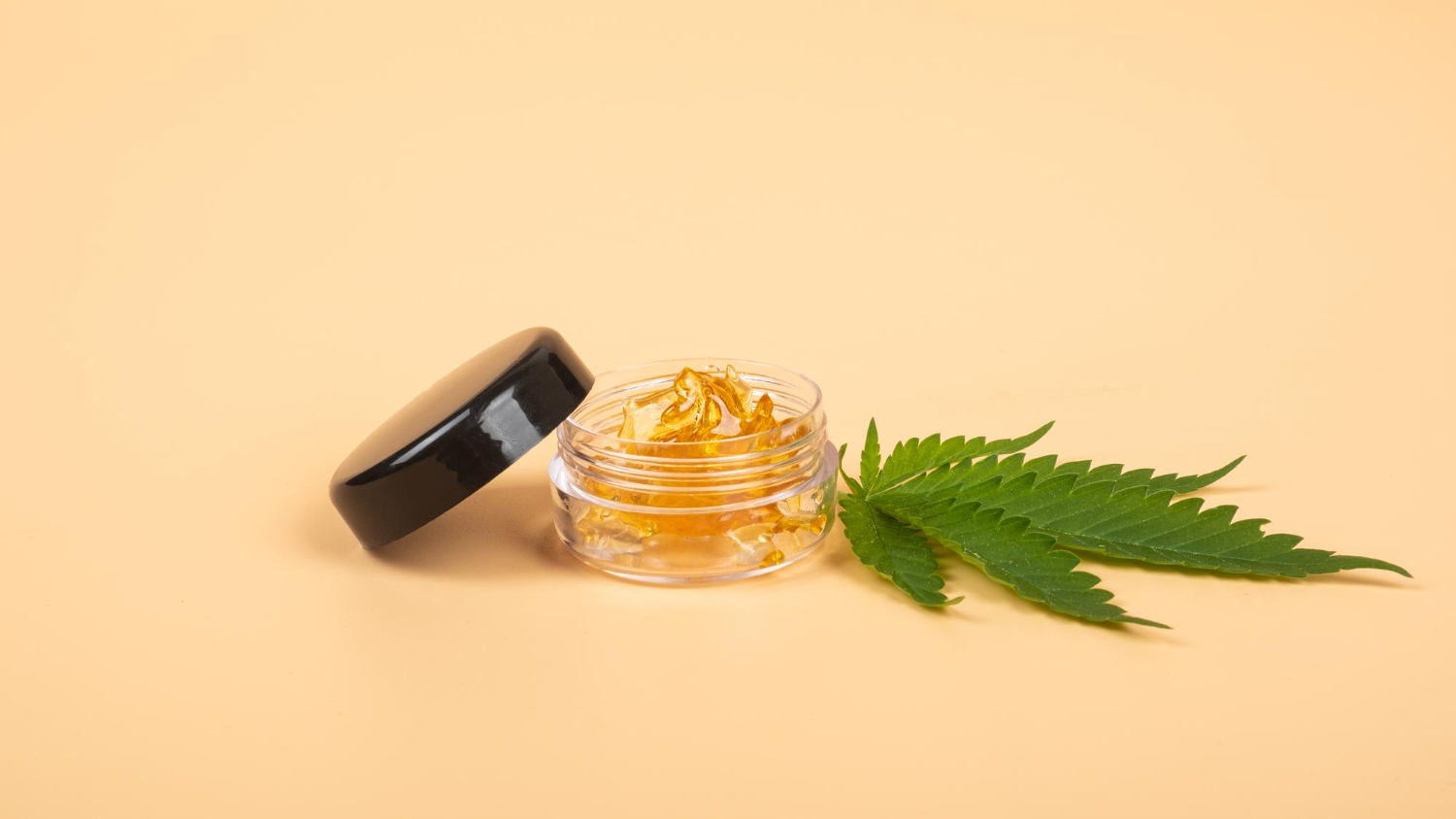CBD balms have gained attention for their potential to provide targeted relief for pain and discomfort. These topical treatments are made with cannabidiol (CBD), which is known for its anti-inflammatory properties. Users apply CBD balms directly to the skin, allowing the active ingredients to soothe sore muscles and minor skin issues effectively.
Many consumers are exploring these products as a natural alternative to traditional pain relievers. Ingredients like peppermint oil and hemp seed oil enhance the benefits of CBD, making these balms not only effective but also soothing to the senses. With a variety of options available, individuals looking for relief can find a product that meets their specific needs.
As the popularity of CBD balms continues to rise, it is essential to understand their composition and application. This blog post will explore the key aspects of CBD balms, including their benefits, how they work, and what to consider before using them.
Key Takeaways
- CBD balms provide targeted relief using cannabidiol for pain and inflammation.
- Common ingredients enhance the effectiveness of these topical products.
- Understanding the application method is crucial for maximizing benefits.
Understanding CBD Balms
CBD balms are topical products infused with cannabidiol (CBD) that are applied directly to the skin. These balms blend the benefits of CBD with other nourishing ingredients, making them popular for various uses. It is crucial to know the basics of CBD, its benefits in topicals, and how balms differ from other CBD products.
Overview of CBD
CBD is a compound found in the cannabis plant. Unlike THC, it does not produce a “high.” It is known for its potential therapeutic effects, including anti-inflammatory and analgesic properties.
Many CBD balms include full-spectrum CBD, which contains various cannabinoids and terpenes. This combination may offer enhanced benefits due to the “entourage effect,” where multiple compounds work together to support wellness. Balms typically come in various sizes and potencies to cater to different needs.
Benefits of CBD in Topicals
CBD provides several benefits when used in topical forms like balms. It may help reduce inflammation, relieve pain, and promote relaxation.
A common use for CBD balms is in soothing sore muscles and joints. They work by targeting localized discomfort. The skin absorbs CBD, which interacts with receptors in the body to support pain relief.
Here are some specific benefits:
- Anti-inflammatory: Helps reduce swelling and redness.
- Pain relief: May ease discomfort from injuries and chronic pain conditions.
- Skin health: Can help moisturize and soothe irritated skin.
Most users report positive experiences, but it is essential to apply it correctly to maximize results.
Differentiating CBD Balms from Other CBD Products
CBD balms are different from other CBD products like oils and edibles. The main distinction lies in their application and absorption method.
Balms are designed for direct application to the skin, while oils are ingested or taken sublingually. This makes balms ideal for localized areas, providing faster relief where needed.
A few key differences include:
- Formulation: Balms often contain additional ingredients like essential oils or butters for skin benefits.
- Targeted use: Designed specifically for external application.
- Onset time: Users may feel effects more quickly on application compared to ingestibles.
Understanding these differences helps users choose the right product for their needs.
Key Ingredients in CBD Balms
CBD balms are made up of various ingredients that enhance their effectiveness and usability. Understanding these components can help users make informed choices about what product best suits their needs.
Carrier Oils and Butters
Carrier oils and butters form the base of most CBD balms. They help deliver the CBD and other active ingredients onto the skin. Common carrier oils include coconut oil, olive oil, and hemp seed oil. These oils are nourishing and have moisturizing properties.
Shea butter and cocoa butter are popular choices as well. They add thickness and ensure the balm stays effective. Carrier oils also provide a barrier that locks in moisture, keeping the skin hydrated. The selection of carrier oils can affect the texture and absorption of the balm.
Essential Oils and Terpenes
Essential oils are often added for their aromatic qualities and additional skin benefits. Oils like lavender, peppermint, and tea tree are common. They can offer soothing effects and enhance the user’s experience.
Terpenes, which are natural compounds found in many plants, can also be included. For example, linalool offers calming properties, while myrcene may help with inflammation. The inclusion of these oils can provide aromatherapy benefits alongside the effects of CBD.
Additional Therapeutic Compounds
Some CBD balms contain additional therapeutic compounds to boost their effectiveness. These can include beeswax, which creates a protective layer on the skin, helping to lock in moisture.
Other ingredients may involve vitamins or plant extracts, such as aloe vera or arnica, known for their healing properties. These components can enhance skin health and provide relief from various skin conditions or irritations. Users should check labels to identify these beneficial ingredients.
Application and Usage
Understanding how to apply CBD balm correctly can enhance its effectiveness. There are also important factors to consider regarding dosage, concentration, and safety. Proper use ensures that users get the most benefit while minimizing risks.
Proper Application Techniques
To apply CBD balm, begin by cleaning the area of skin where it will be used. This helps remove dirt and oils, allowing better absorption. Use a small amount of balm, about the size of a pea.
Gently massage the balm into the skin using circular motions. This technique helps distribute the balm evenly and promotes circulation. Avoid applying on broken or irritated skin.
After application, wash your hands unless they’re the area being treated. Staying consistent with application times can help maintain relief over time. Users should apply the balm 2-3 times daily for best results, but this can vary based on individual needs.
Dosage and Concentration Considerations
CBD balms come in various concentrations, often ranging from 300 mg to 900 mg per container. Understanding personal needs is key in selecting the right dosage. Beginners might start with lower concentrations, gradually testing higher amounts based on their response.
Typically, a small amount is sufficient for targeted relief. Not all skin types absorb CBD the same way; thus, users may need to adjust the amount over time.
It’s advisable to check product labels for specific dosage recommendations. Maintaining a journal of experiences can help in determining the most effective dosage for individual needs.
Safety and Precautions
Though CBD balms are generally safe, some precautions should be considered. It is essential to do a patch test before full application. Apply a small amount to an inconspicuous area and wait 24 hours to check for any adverse reactions.
Users should be aware of any allergies to ingredients listed in the balm. Pregnant or breastfeeding individuals should consult a healthcare professional before use.
If any irritation occurs, discontinue use immediately. Additionally, it’s wise to avoid combining CBD balm with other topical medications unless recommended by a doctor.
Legal and Regulatory Aspects
Understanding the legal status and product standards for CBD balms is crucial for consumers and manufacturers alike. Various laws govern the sale and distribution of these products, ensuring safety and compliance.
Understanding CBD Legal Status
CBD derived from hemp is legal at the federal level in the United States, as long as it contains less than 0.3% THC. The 2018 Farm Bill provided the framework for this regulation. However, regulations can vary significantly by state.
Some states have stricter laws regarding the use and sale of CBD products. Therefore, it is essential for consumers to check local laws before purchasing.
- Legal Age: Typically, buyers must be at least 18 years old.
- Decriminalization: States may also have varying levels of decriminalization for cannabis-derived products.
Quality Assurance and Product Labeling
Quality assurance is vital for CBD balms to ensure safety and efficacy. The FDA oversees the regulation of these products but does not approve all cannabis-derived goods.
Manufacturers should adhere to good manufacturing practices.
Key Labeling Requirements:
- THC Content: Labels must clearly state THC levels.
- Source of CBD: Products should indicate if CBD is hemp-derived.
- Batch Information: Consumers benefit from products that list batch numbers for traceability.
Consumers are encouraged to look for third-party lab testing. This testing verifies the product’s purity and potency, ensuring it meets consumer expectations.



